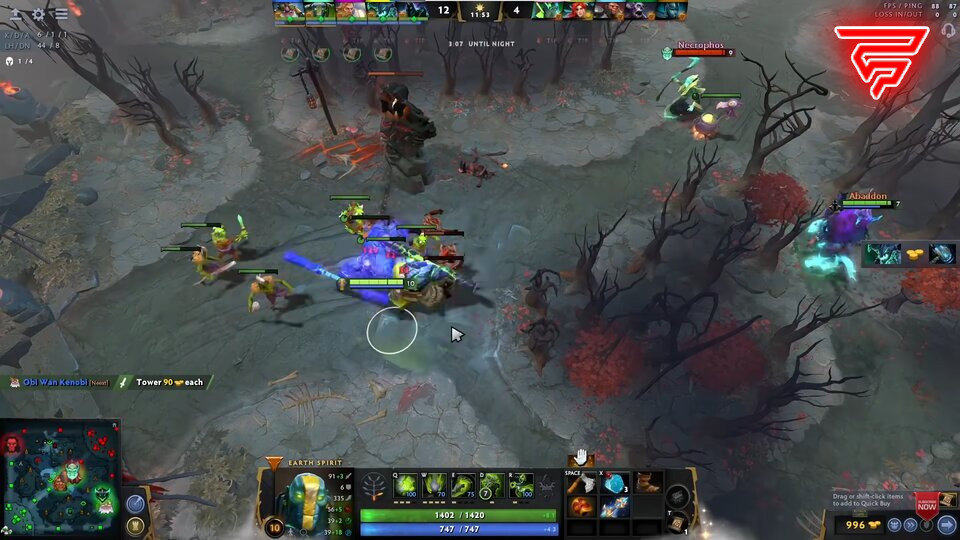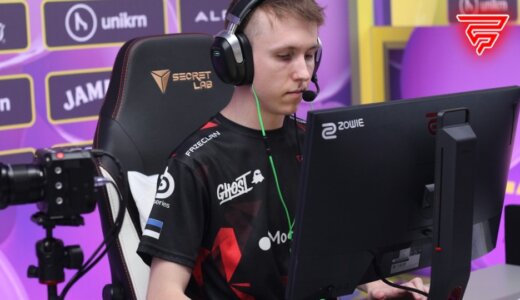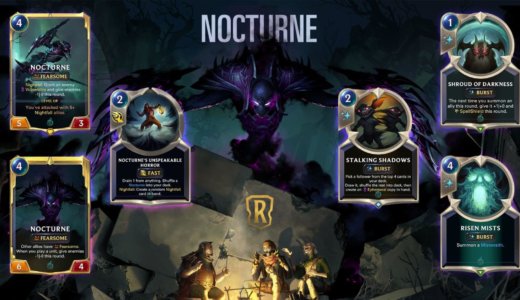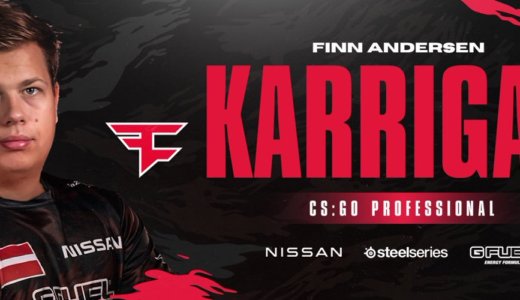In Dota 2, the roamer is the position-four player and their job is to help wherever they are needed. In the first 10-15 minutes of a game, this is by far the most flexible role that you can play, and making good use of it can constitute the difference between success and failure.
Good roamers often win the game for their team with their intelligent actions. But to emulate what they do, you must first understand the principles of roaming.
How to roam in Dota 2
To be a good roamer, you must have excellent map awareness and constantly look for threats and ganking opportunities. Excelling in this role requires continuous use of the camera. And one of the great things in Dota 2 is that you can bind map positions to specific keys. This is done from the game’s settings menu.
You can imagine a roamer as a kind of nightguard who’s constantly checking five different doors on their cameras in order to make sure that nobody’s trying to break into the building.
If you monitor the top, mid and bottom lane continuously and have deep knowledge of the game, after a while, you start to develop the ability to see the action through your opponents’ eyes. In turn, this gives you an understanding of what they’ll do next and what mistakes they are making.
Against a passive team, you’ll often plan your own ganks and do your best to execute them correctly. Against an active team, your job will be to prevent unwanted ganks by teleporting in or telling your teammates to step back.

Valve Corporation
A midlaner or a carry will often be so focused on farming that they won’t perceive the danger. So the roamer needs to pay attention to every detail and understand where the enemy wants to go next. With some carefully placed wards, the process of guessing becomes much easier.
The goal is to always create a picture of the map using the puzzle pieces given to you. Based on what you know, make a guess regarding that which you do not know. If you guess correctly and then reevaluate every 15-30 seconds, you will have a complete understanding of what the opponent wants to do.
The next challenge is to decide what the appropriate response should be. Should you move across the map? Should you farm? Should you tell your core to fall back? The answer differs based on the situation.
When you play the role of the roamer, you’re essentially playing Batman. The enemy team shouldn’t know where you are until you show up.
Header: Valve Corporation







